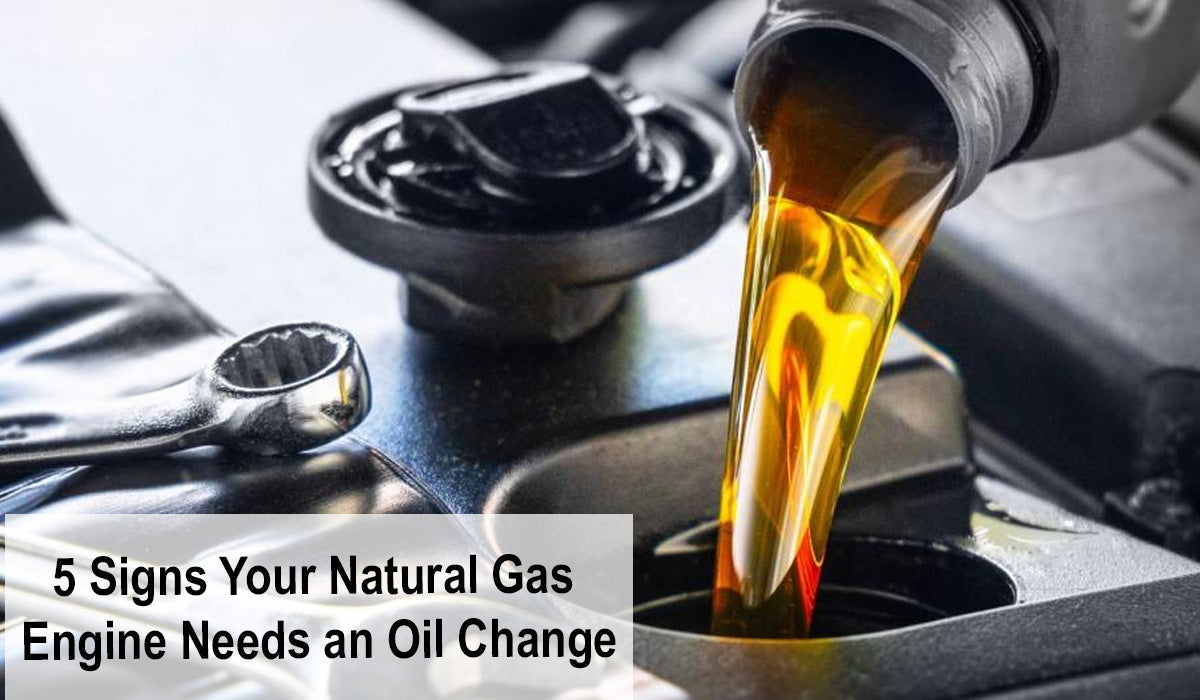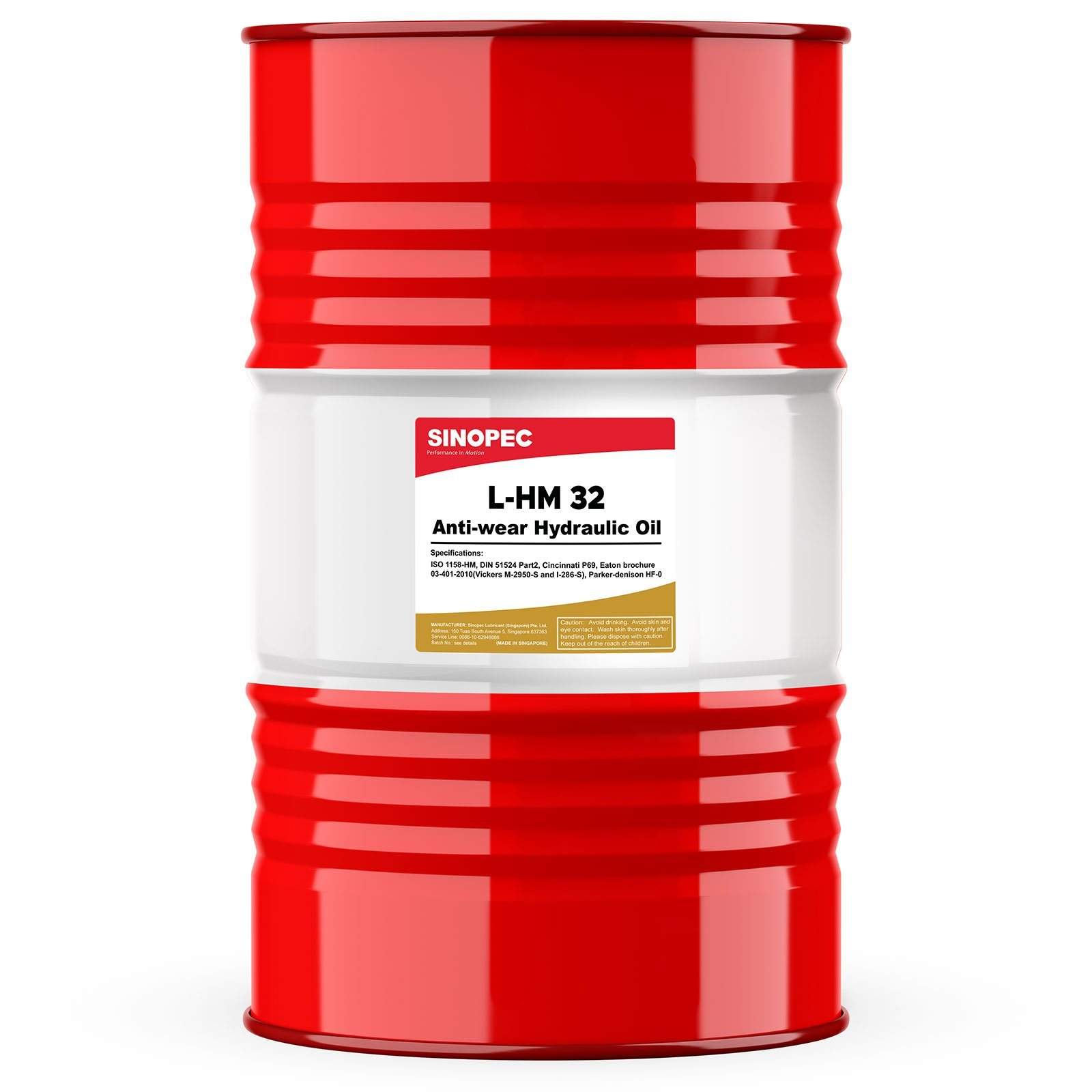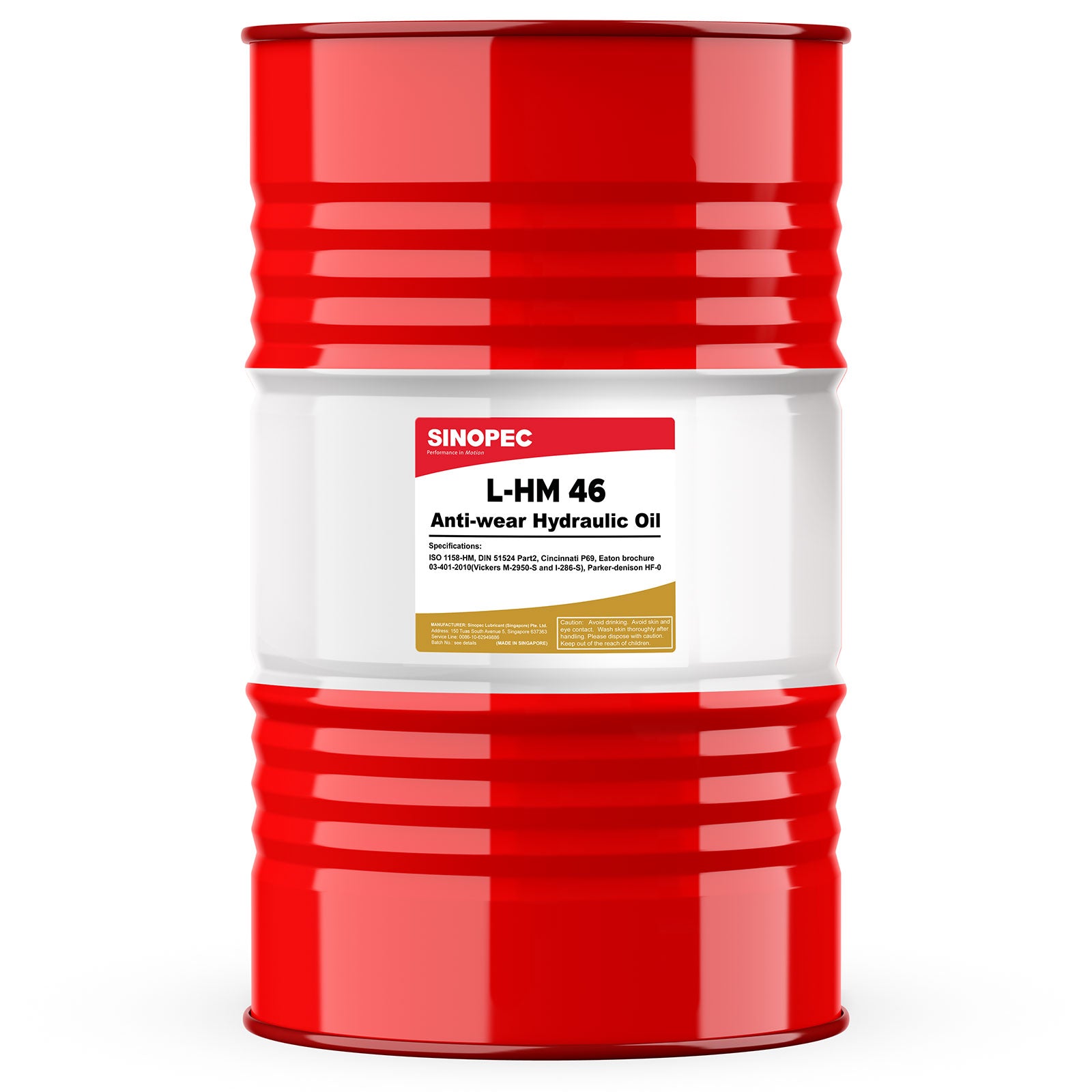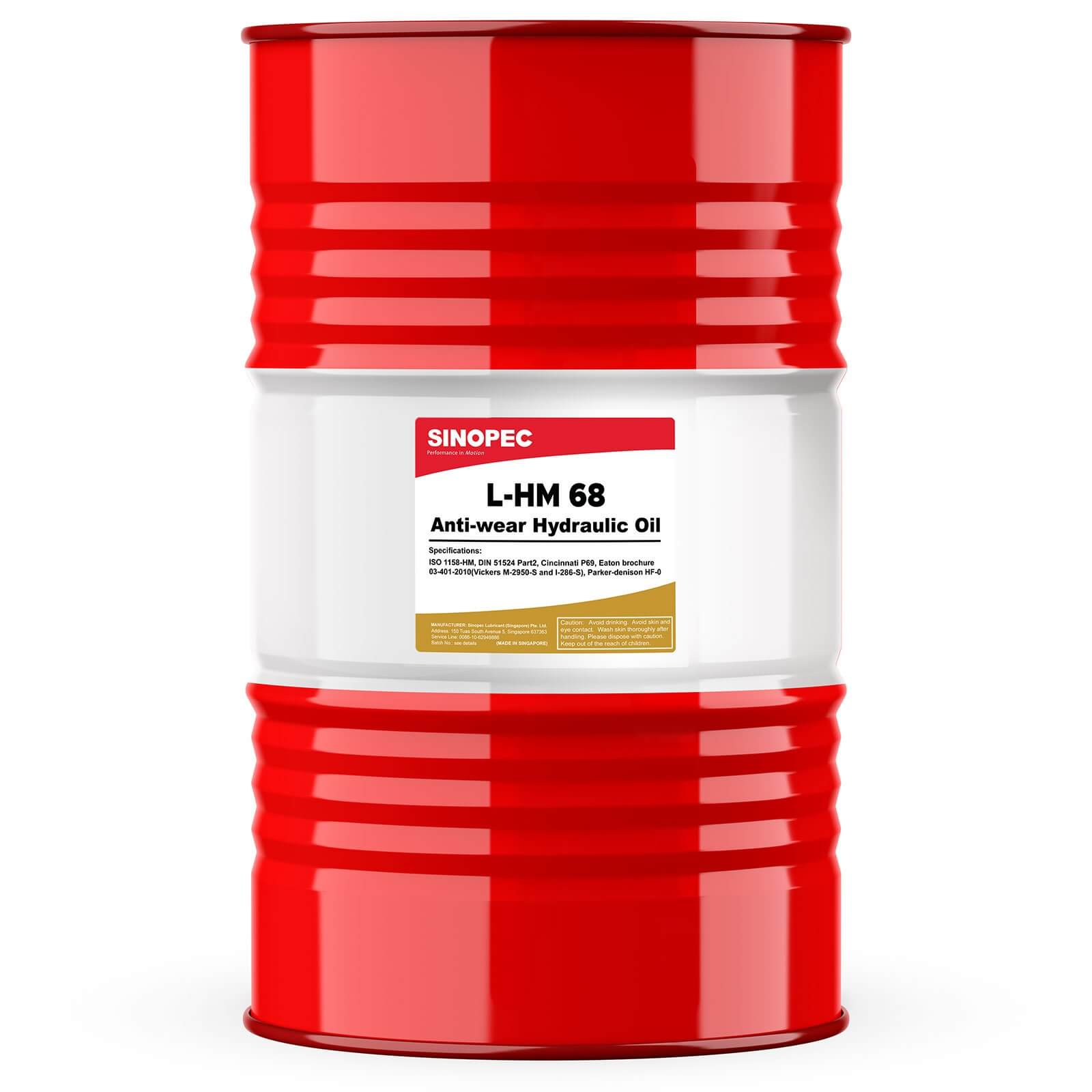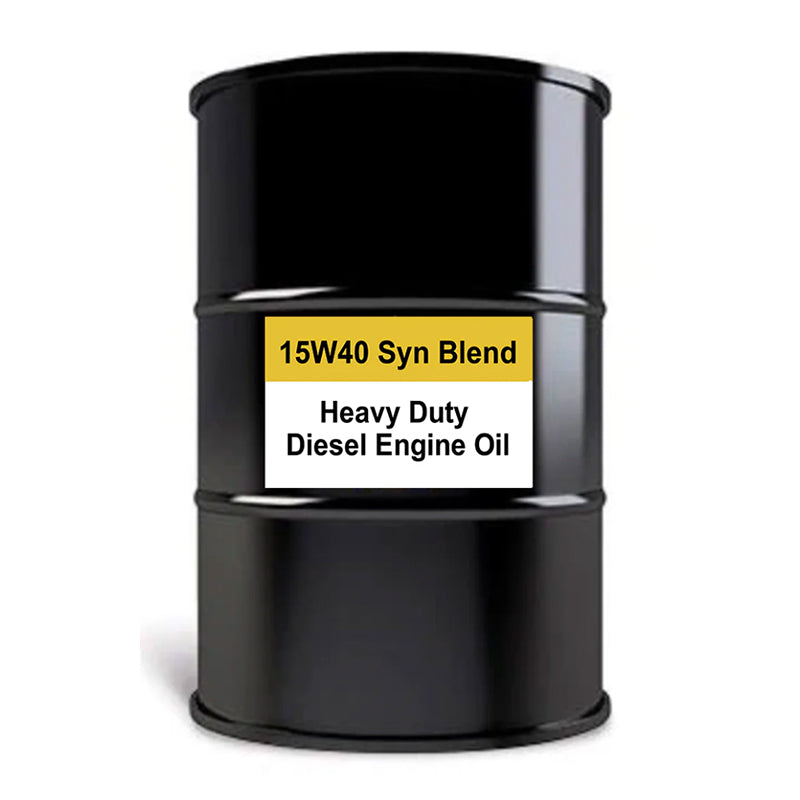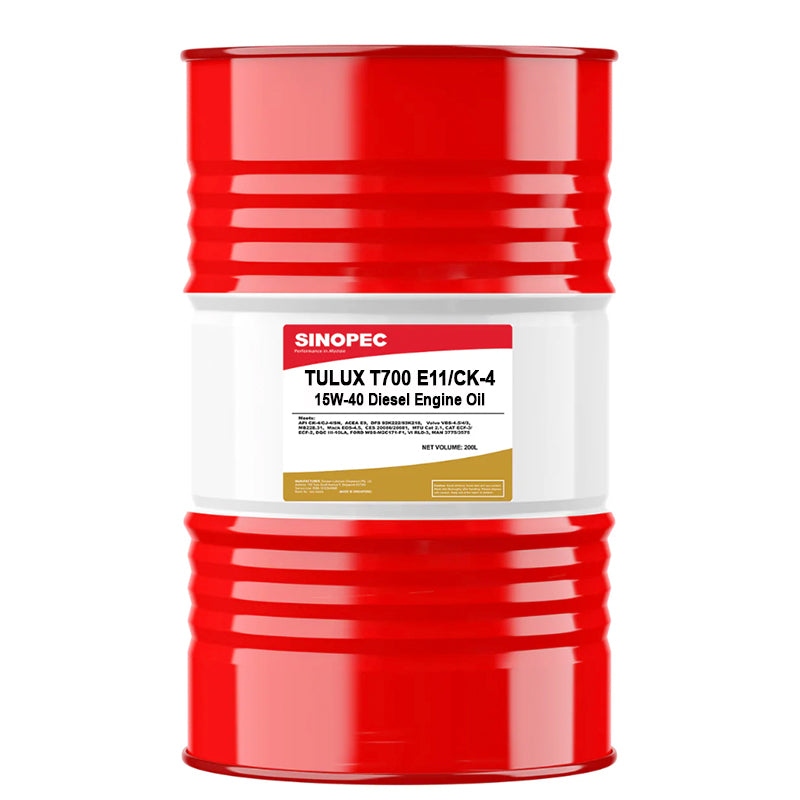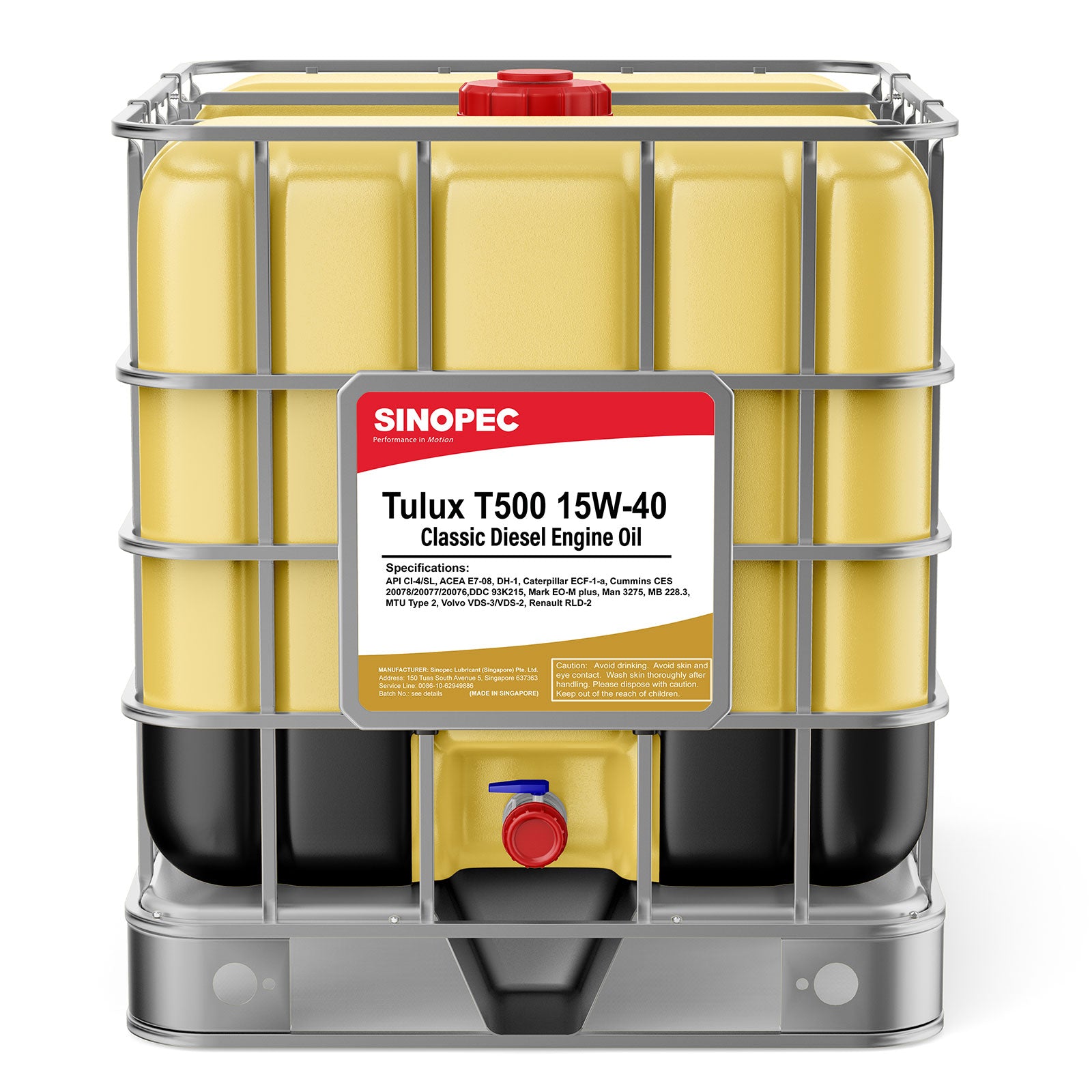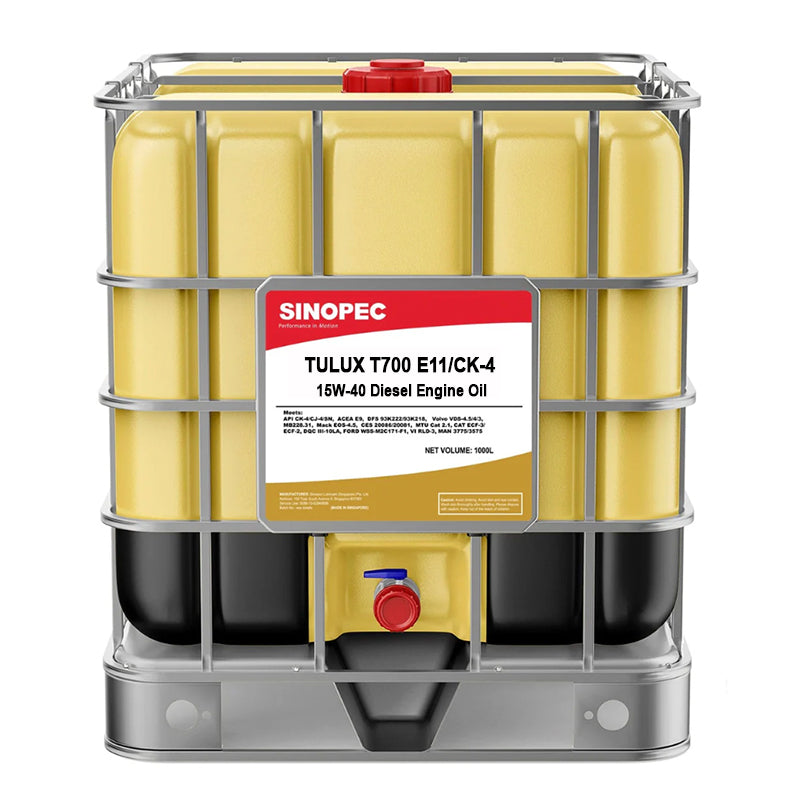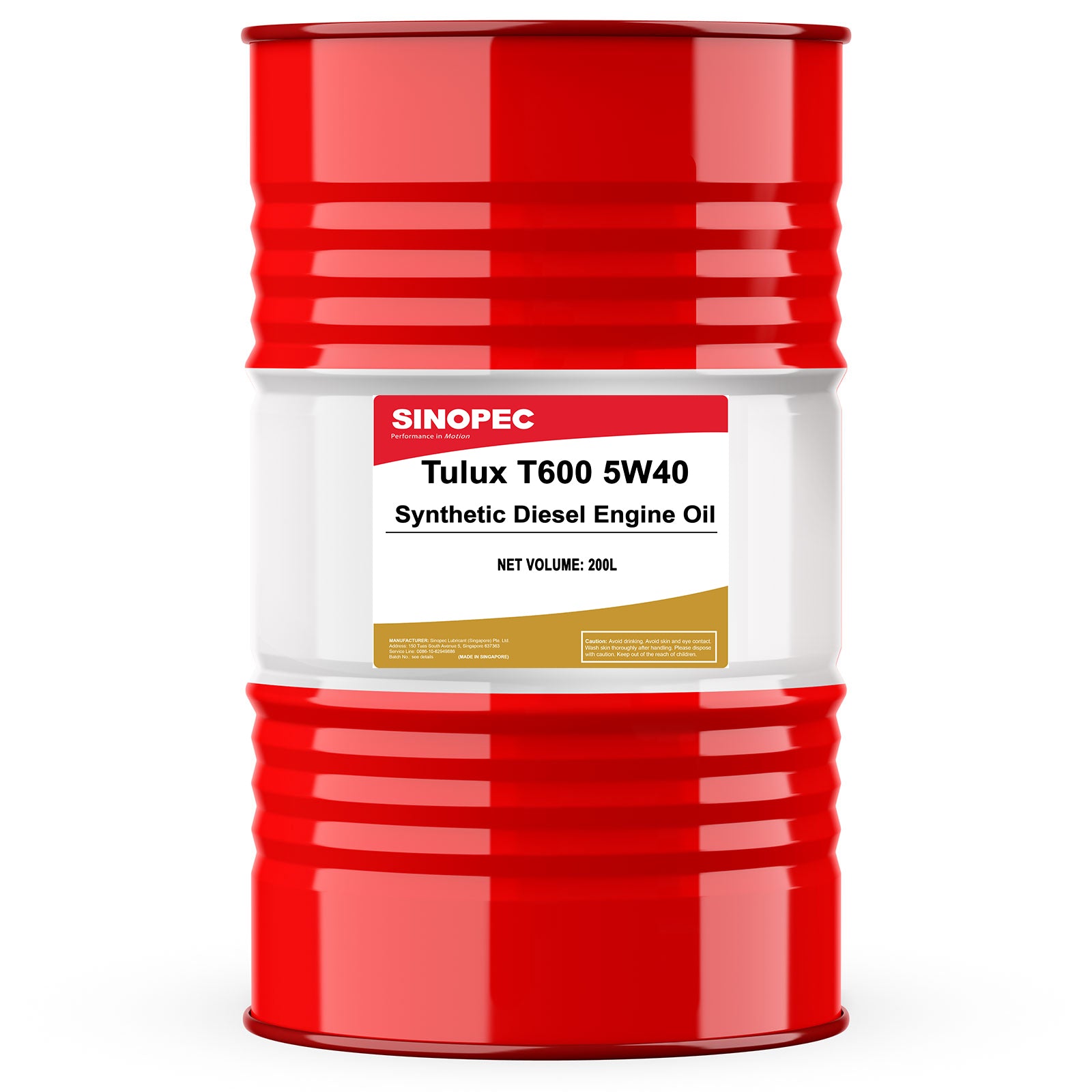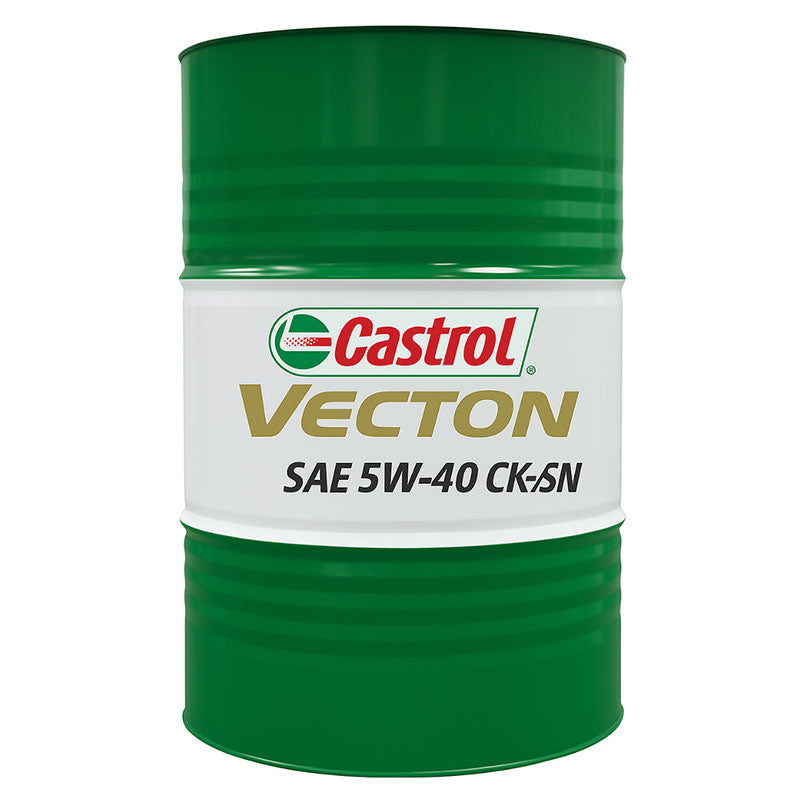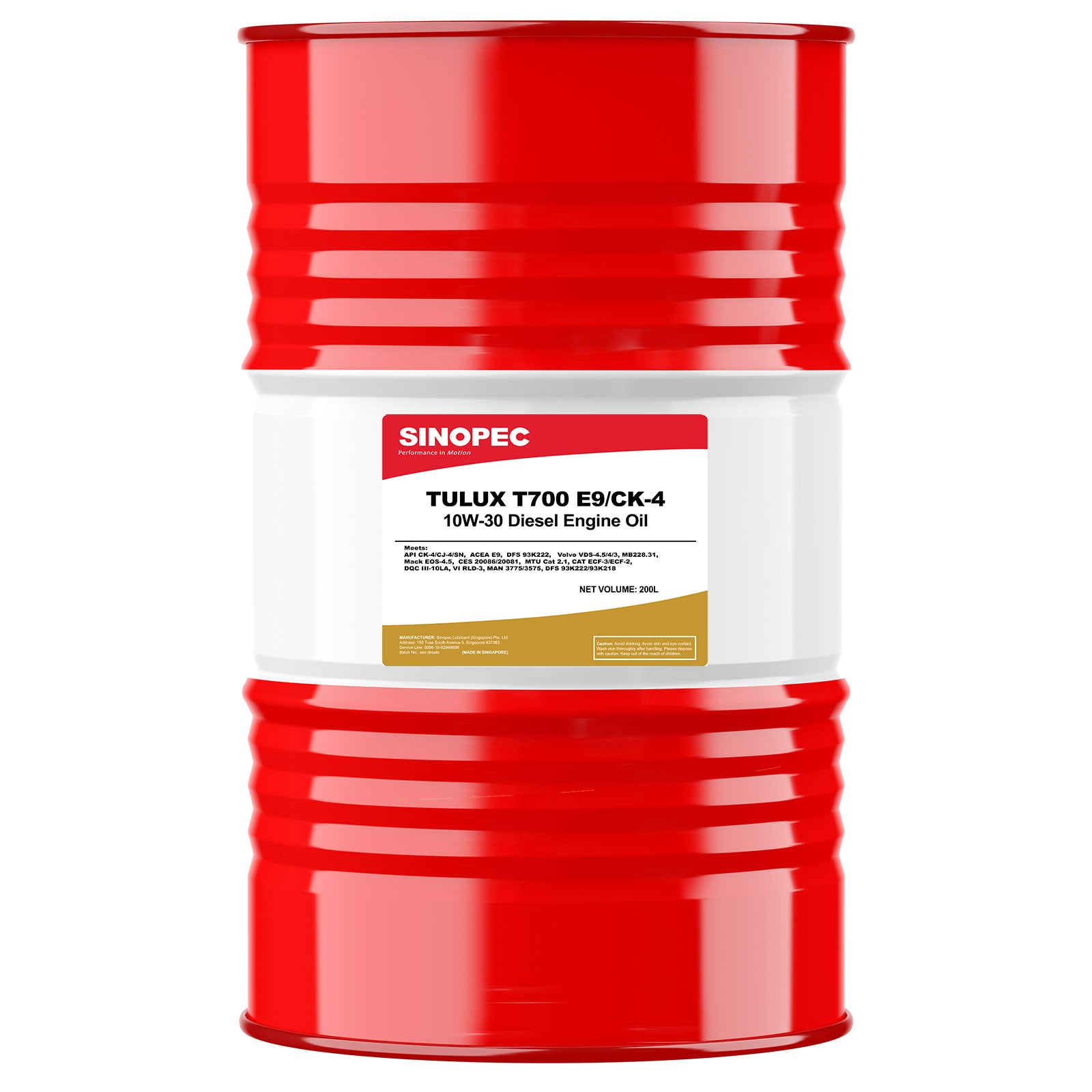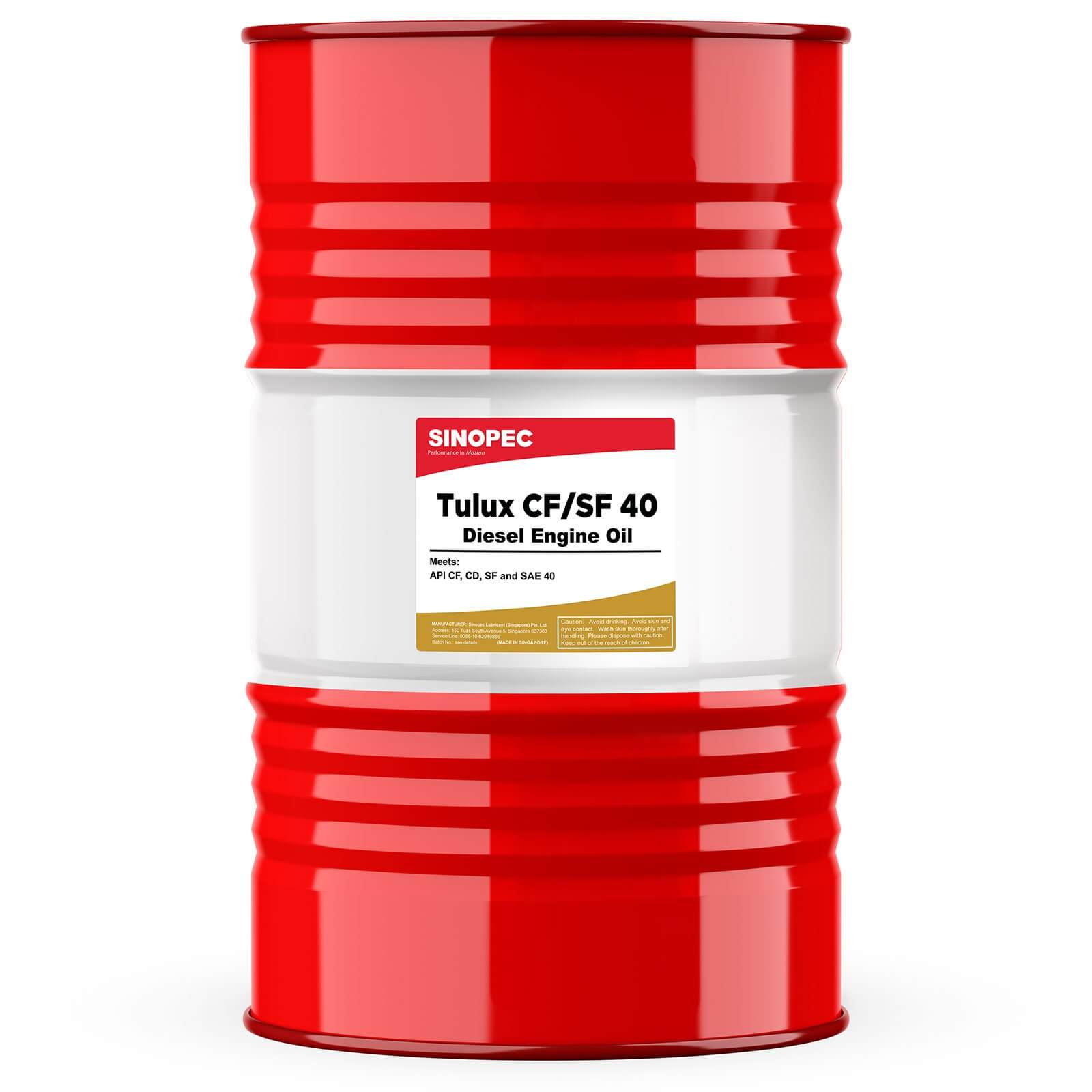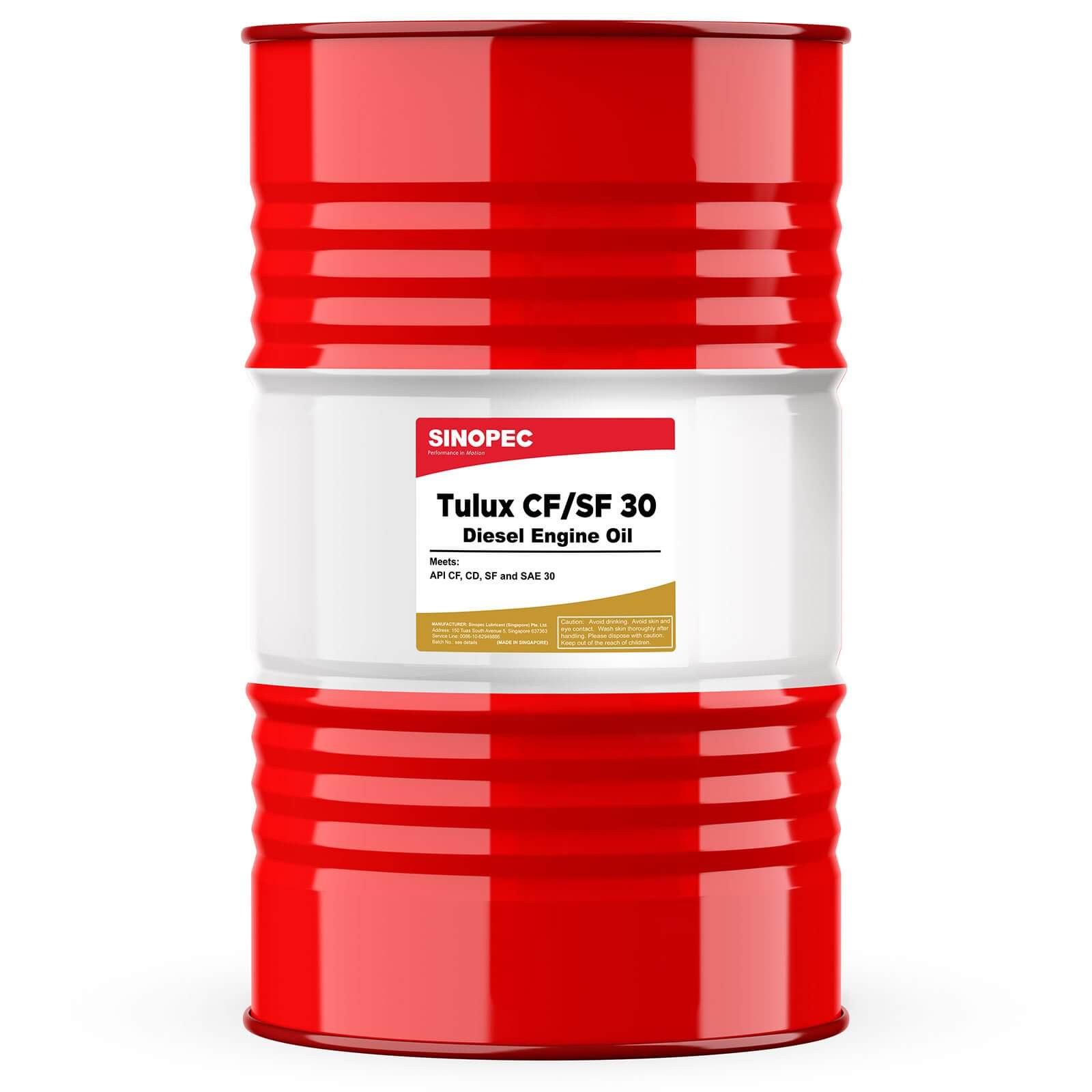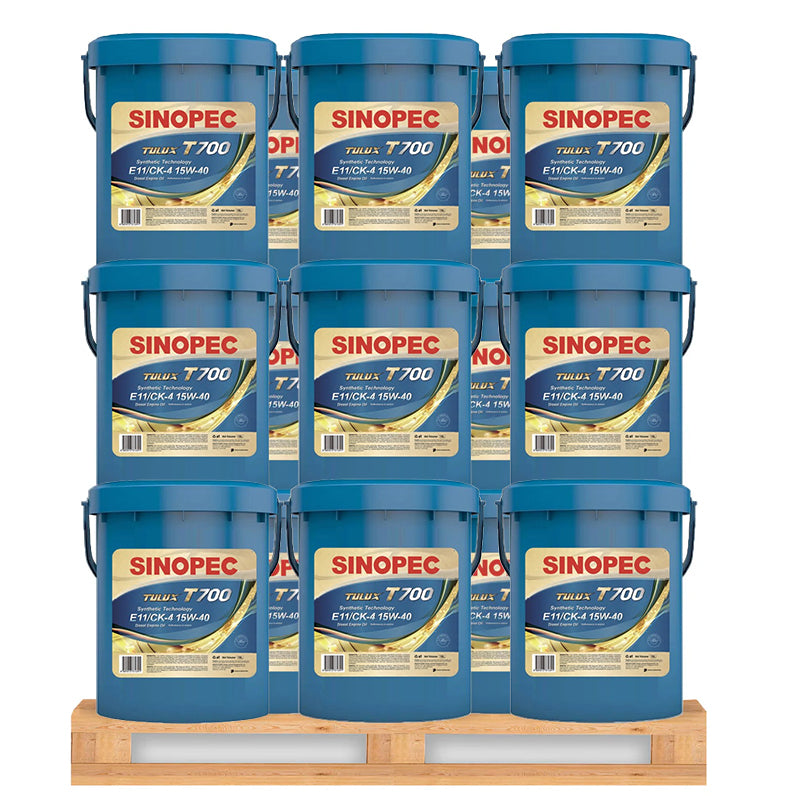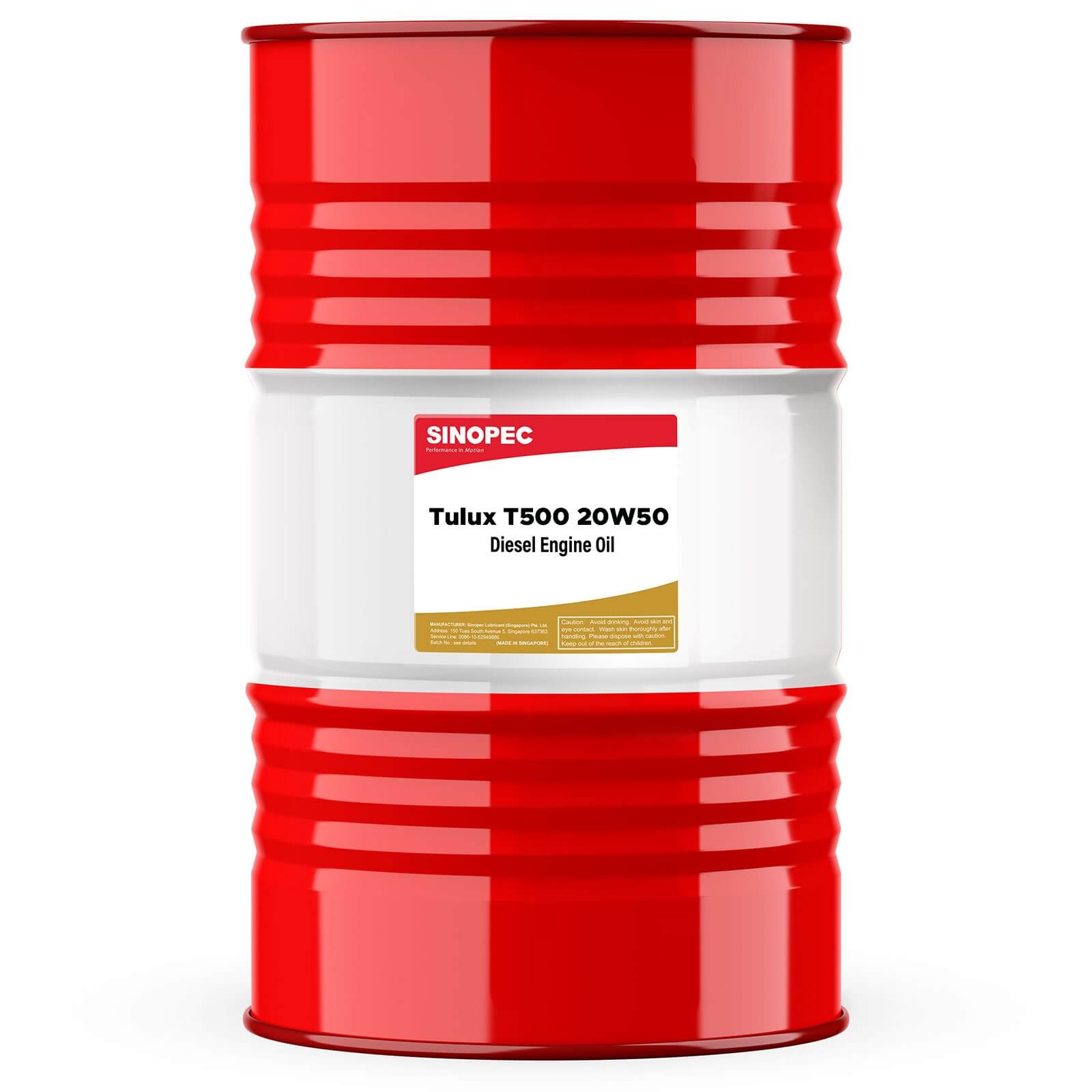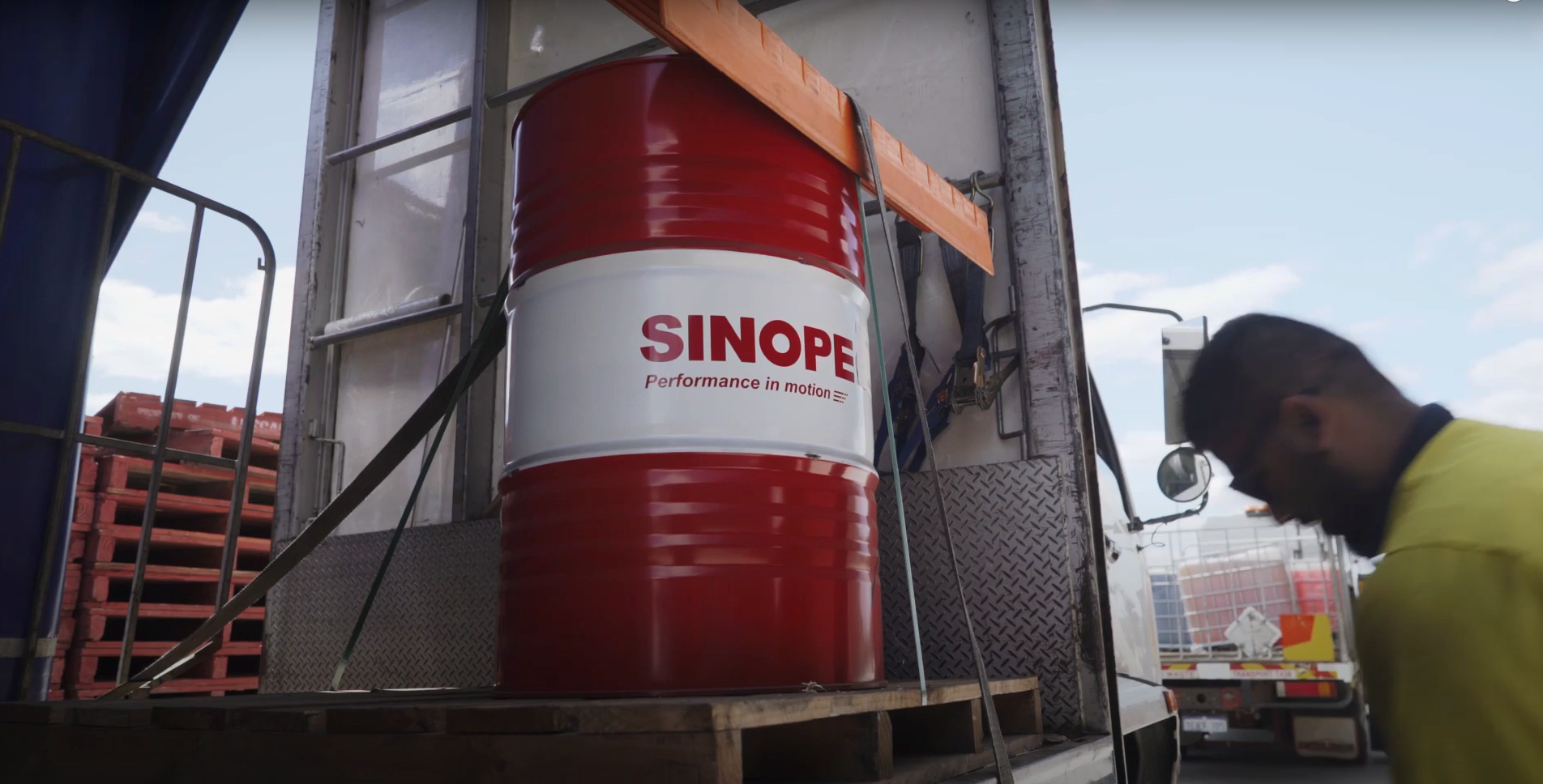Natural gas engines are known for their efficiency, durability, and environmental benefits. However, like all engines, they require regular maintenance to perform at their best. One of the most critical aspects of maintenance is timely oil changes. But how do you know when it’s time to change the oil in your natural gas engine? In this article, we’ll explore the top 5 signs your natural gas engine needs an oil change and why Sinopec’s Natural Gas SAE 40 Oil is the perfect solution to keep your engine running smoothly.
Why Oil Changes are Crucial for Natural Gas Engines?
Natural gas engines operate under high temperatures and heavy loads, which can cause oil to degrade over time. Fresh oil ensures:
-
Proper lubrication of engine components.
-
Protection against wear and tear.
-
Prevention of sludge and deposits.
-
Optimal engine performance and fuel efficiency.
Neglecting oil changes can lead to costly repairs, reduced engine life, and unexpected downtime. That’s why it’s essential to recognize the signs that your engine needs an oil change.
5 Signs Your Natural Gas Engine Needs an Oil Change
-
Dark, Dirty Oil
Clean oil is typically amber in color and translucent. Over time, it becomes dark and murky due to contaminants like dirt, debris, and combustion byproducts. If you check the oil dipstick and notice the oil is dark and gritty, it’s time for a change. -
Unusual Engine Noises
Oil acts as a lubricant, reducing friction between engine components. When the oil breaks down, metal parts can rub against each other, causing knocking, ticking, or grinding noises. If your engine sounds louder than usual, it could be a sign that the oil needs replacing. -
Decreased Performance
If your natural gas engine is struggling to deliver its usual power or is consuming more fuel than normal, degraded oil could be the culprit. Old oil loses its viscosity and ability to lubricate effectively, leading to reduced engine efficiency. -
Oil Warning Light
Many modern natural gas engines are equipped with an oil pressure warning light. If this light comes on, it’s a clear indication that the oil level is low, the oil pressure is inadequate, or the oil needs to be changed immediately. -
Exhaust Smoke
While natural gas engines produce cleaner emissions than diesel or gasoline engines, excessive exhaust smoke can indicate a problem. If you notice blue or gray smoke, it could mean that oil is burning inside the engine due to a leak or degraded oil.
Why Choose Sinopec’s Natural Gas SAE 40 Oil for Your Engine?
When it’s time for an oil change, not just any oil will do. Natural gas engines require specialized lubrication to handle their unique demands. Sinopec’s Natural Gas SAE 40 Oil is the ideal choice because:
-
It’s specifically formulated for natural gas engines, providing superior wear protection and oxidation resistance.
-
It maintains optimal viscosity under high temperatures, ensuring consistent performance.
-
It helps reduce maintenance costs and extends engine life.
Available in a convenient 55-gallon drum, Sinopec’s SAE 40 oil is perfect for businesses that rely on natural gas engines for their operations.
How to Get Sinopec’s SAE 40 Oil for Your Natural Gas Engine?
Don’t wait until your engine shows signs of trouble. Keep your natural gas engine running smoothly with Sinopec’s Natural Gas SAE 40 Oil. Visit our product page to learn more and place your order:
Regular oil changes are essential for maintaining the performance and longevity of your natural gas engine. By recognizing the signs that your engine needs an oil change and using high-quality oil like Sinopec’s Natural Gas SAE 40 Oil, you can avoid costly repairs and keep your engine running at its best. Don’t compromise on engine health—choose Sinopec for reliable, high-performance lubrication.

